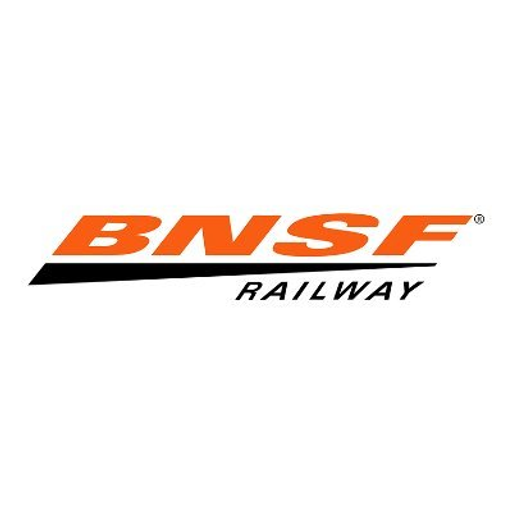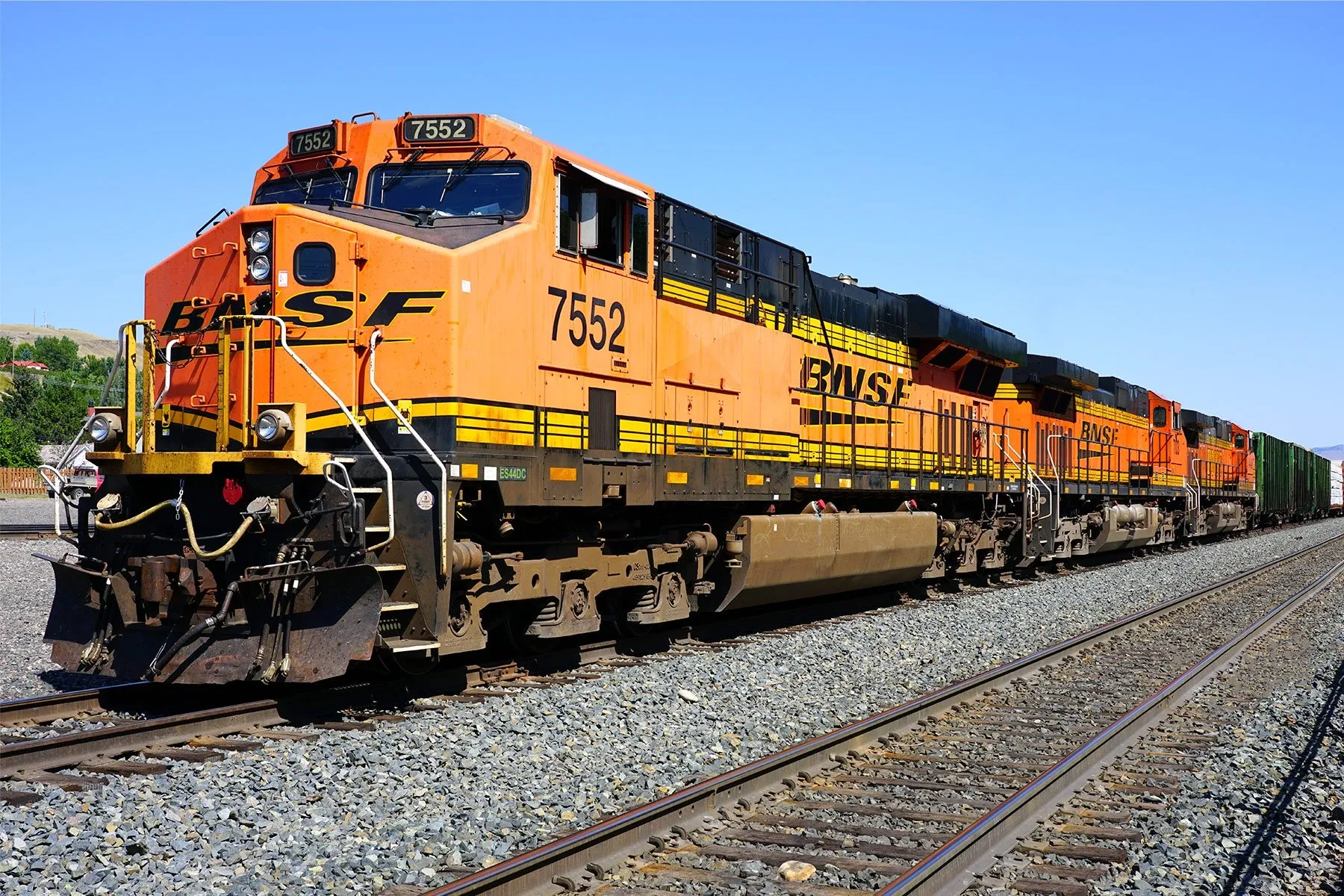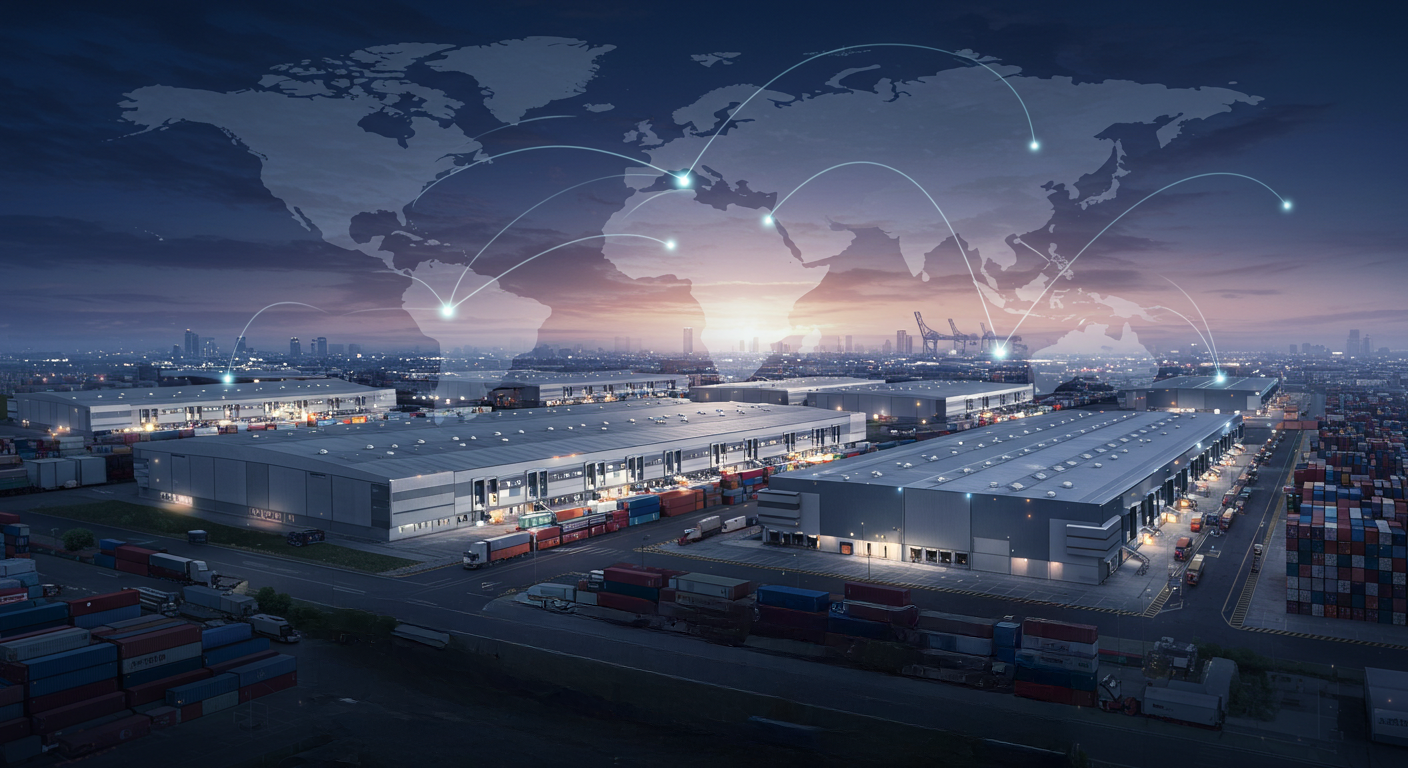BNSF Railway: Largest Freight Railroad in the U.S., Connecting America’s Economy for 175 Years



Extensive global network connecting businesses worldwide with reliable logistics solutions.
BNSF Railway operates one of the largest freight rail networks in North America, spanning 32,500 route miles across 28 U.S. states and three Canadian provinces, and serving over 40 ports to connect domestic and international markets. Its scale of operations includes approximately 36,500 employees, 6,800 locomotives, and the movement of nearly 10 million carloads annually, making it a critical link in global supply chains.
BNSF Railway’s strategic partnerships and alliances include its Shortline Select Program with high-performing shortline railroads to improve service and drive growth, and a non-merger intermodal alliance with CSX to create a seamless coast-to-coast rail network through shared infrastructure and digital integration.
Strategic partnerships and alliances that enhance our global reach and service capabilities.
| Partner | Type |
|---|---|
| CSX | Intermodal Alliance |
| J.B. Hunt | Service Partner |
| Port of Los Angeles | Service Partner |
| Port of Long Beach | Service Partner |
| Port of New York and New Jersey | Service Partner |
Comprehensive range of logistics and transportation services tailored to meet diverse customer needs.
Recognition and achievements that demonstrate our commitment to excellence and innovation.
Strategic vision and future initiatives that will shape the next generation of logistics services.